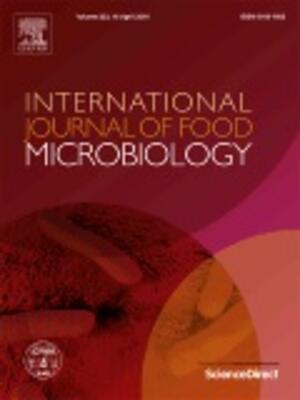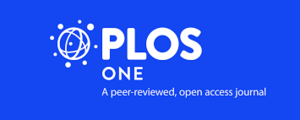
Exploring behavioural economics: Using ‘nudge theory’ to improve the effectiveness of SafePORK interventions in Vietnam
Abstract
Pork is the most popular meat consumed in Vietnam and studies have shown high (28.6-44%) Salmonella contamination rates at the point of purchase, resulting in a high incidence rate of Salmonella related food borne disease. The high microbial contamination rate is attributed to poor hygiene practice in the pork value chain and the market-based approaches to improving the safety of pork in Vietnam, or SafePORK project has designed a set of interventions to improve the standard of practice which are due to be trialled in 2019.
Behavioural economics and 'nudges’ are defined as interventions with a low level of intrusiveness on personal choice which can be used to alter behaviour. While they have not yet been used for food safety in the pork value chain, some of the proposed interventions aim to alter actor’s behaviour and thus could be amenable to ‘nudging’. A previous research project to assess the potential of nudges to improve pork safety in Vietnam highlighted three main themes which could be used to influence actors within the value chain; 1) actors were most influenced by people they respected, which within the study groups were found to be veterinarians and actor’s peers, 2) actor’s reputation was regarded as an important incentive, and 3) salient visual methods of displaying information were found to be a commonly used method of delivering information in existing food safety interventions.
A stakeholder workshop supported by the SafePORK project, the International Livestock Research Institute and the Royal Veterinary College was held in Hanoi to gain a better understanding of the slaughterhouse and retail processes to ascertain which nudges could be used to support the proposed interventions, and to discuss the practical aspects of implementing nudges. Participants included actors (n=32) from various parts of the pork value chain, including slaughterhouse workers, retailers, veterinarians, government officials, and researchers. During the workshop participants were separated into small groups and took part in group discussions to explore the slaughterhouse and retail processes and discuss the feasibility of using nudges to change actors' behaviours. Participants were shown several potential nudges (posters, arrows and footprints) and asked to evaluate these through discussion and a scoring exercise. After each activity a plenary session took place to allow dissemination of feedback to the entire group.
The workshop found that the slaughterhouse workers and retailers appeared to be aware of the major issues surrounding foodborne disease in their industry, highlighting, during the discussions, many of the key points in the pork production chain where meat contamination with microorganisms can occur. The concept of using posters to display information was well received by the workshop participants. Both positive and negative framing of information were thought to be effective, the choice of which dependent on the target audience. However, when scored by participants, the negatively framed posters scored significantly higher than the positively framed posters, indicating a greater anticipated impact on actor’s behaviour. All participants discussed the need to have site specific photos to reflect the real context of the setting to increase engagement with the media. When considering the effect of colour on salience; red was considered dirtiest, yellow, orange, and purple considered neutral colours, and green and blue considered the cleanest colours.
The participants thought that the prospect of upscaling nudges to a broader audience of retailers and consumers could be implemented but would need to be supported by competent food safety authorities.
Using the findings from this workshop, site specific nudges should be created to support specific SafePORK interventions, which at this stage are likely to be in the form of informational posters. Ideally, in addition to testing the interventions in a randomly controlled trial, the nudges would be similarly tested to allow assessment of their effectiveness.
Further investigation, such as trialling the use of footprints and arrows in slaughterhouse environments, is needed to ascertain the practicality of using these nudge concepts to designate clean and dirty zones.
Citation
Hennessey, M., Unger, F., Hung Nguyen Viet, Sinh Dang Xuan, Thinh Nguyen Thi and Häsler, B. 2019. Exploring behavioural economics: Using ‘nudge theory’ to improve the effectiveness of SafePORK interventions in Vietnam. Workshop report. Nairobi, Kenya: ILRI.










